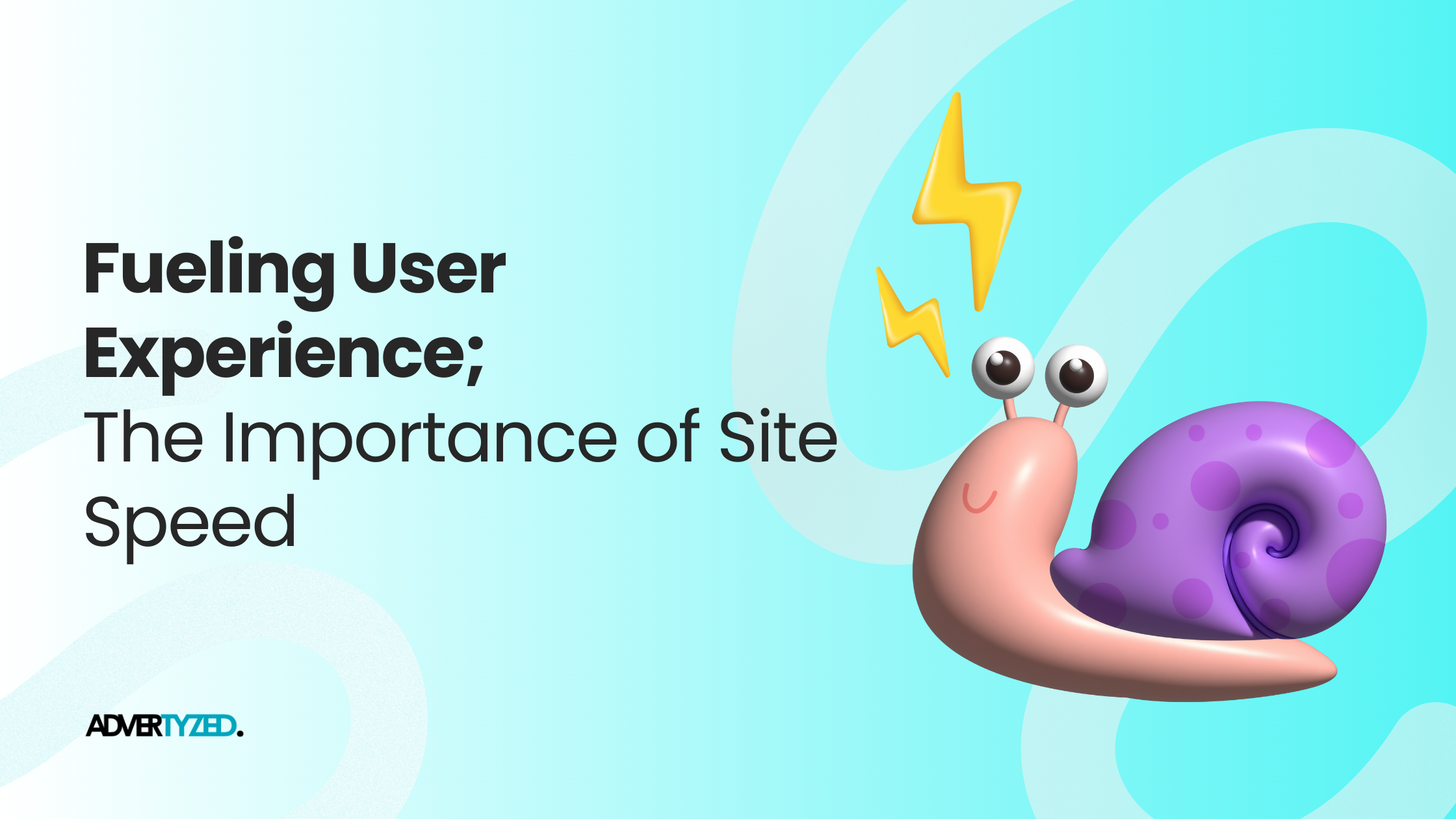In today’s digital age, where attention spans are fleeting and instant gratification is the norm, the speed at which a website loads can make or break its success, highlighting the importance of site speed. Just as a slow-moving vehicle can frustrate and discourage passengers, a sluggish website can deter visitors and sabotage user experience. This emphasizes the critical importance of site speed in fueling a positive user experience and ultimately driving the success of a website.
The Need for Speed
User experience (UX) has become a pivotal factor in determining a website’s effectiveness, emphasizing the importance of site speed. It encompasses a user’s emotions, attitudes, and perceptions when interacting with a website or application. Site speed, as an integral component of UX, directly influences how visitors perceive and engage with a website.
When a user lands on a webpage, their first impression is formed within a matter of seconds. If a website takes too long to load, frustration sets in, and users are more likely to abandon ship. Studies have shown that even a one-second delay in page load time can result in a significant increase in bounce rates, underscoring the importance of site speed. In a digital landscape teeming with options, users won’t hesitate to click away and explore other options if a website fails to deliver a fast and seamless experience.
Impact on Engagement and Conversions
Beyond retaining visitors, site speed plays a pivotal role in keeping them engaged. A swift-loading website enables users to quickly access the content they seek, encouraging them to explore further, especially when following a Google Ads guide for beginners. On the other hand, recognizing the importance of site speed becomes crucial, as a slow website can hinder users from accessing information promptly, leading to a frustrating and disjointed experience. Moreover, site speed has a direct correlation with conversion rates and the effectiveness of your keyword bidding strategy. Whether the goal is to make a purchase, sign up for a newsletter, or fill out a contact form, a sluggish website can hinder the conversion process. Users are less likely to complete desired actions if they encounter delays or glitches, negatively impacting a website’s bottom line.
Search Engine Visibility
In addition to its direct impact on users, the importance of site speed becomes a crucial factor in search engine optimization (SEO). Search engines like Google consider site speed when ranking web pages in search results. A slow website may be penalized with lower search engine rankings due to its poor site speed, making it less likely to appear on the coveted first page of search results. This diminished visibility, attributed to the slow loading times, can drastically reduce organic traffic and limit a website’s potential reach.
Optimizing Site Speed: Best Practices
Optimizing site speed requires a strategic approach that addresses various elements of a website’s architecture and content. Here are some key best practices to enhance site speed and fuel a seamless user experience:
- Optimize Images: Compress images to reduce file sizes without compromising quality. Large images can significantly slow down a website’s loading time.
- Minimize HTTP Requests: Reduce the number of HTTP requests by combining CSS and JavaScript files, as each request adds to loading time.
- Use Browser Caching: Implement browser caching to store frequently used resources locally, reducing the need for repeated downloads.
- Choose a Reliable Hosting Provider: A robust hosting provider with fast servers and minimal downtime is essential for ensuring quick page load times.
- Content Delivery Networks (CDNs): CDNs distribute website content across multiple servers worldwide, ensuring faster load times for users across different geographic locations.
- Optimize Code: Clean and efficient code reduces the time it takes for a browser to render a webpage.
- Mobile Optimization: Given the prevalence of mobile browsing, ensure that your website is fully optimized for mobile devices to provide a seamless experience.
Conclusion:
The importance of site speed in fueling user experience cannot be overstated. A fast-loading website not only retains visitors and keeps them engaged but also underscores the importance of site speed in driving a positive impact on conversions and search engine visibility. By implementing best practices and prioritizing site speed optimization, businesses can enhance user satisfaction, drive engagement, and recognize the importance of site speed in paving the way for online success in today’s fast-paced digital landscape.


